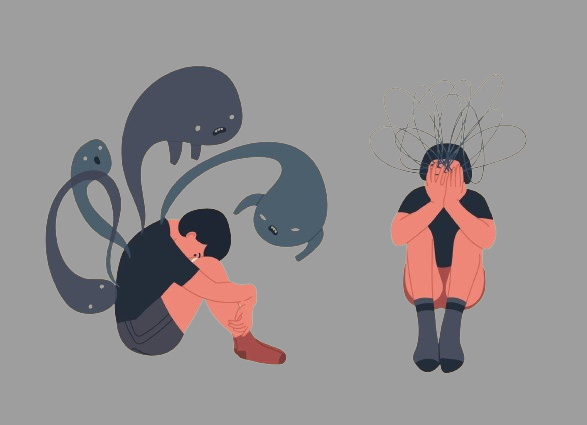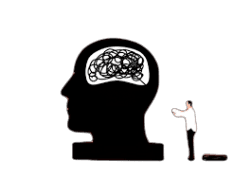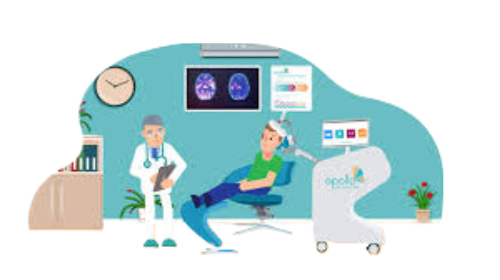The psychomotor syndrome known as catatonia causes an individual to become motionless and unresponsive, or they may become hyperactive, agitated, or restless on occasion. Though it can occasionally happen in childhood, adults are more likely to exhibit catatonia.
This article explains the causes , symptoms and treatment.
What is catatonia?
A psychomotor disorder is catatonia. This indicates that it affects a person’s capacity to move normally by interfering with the relationship between mental function and movement.
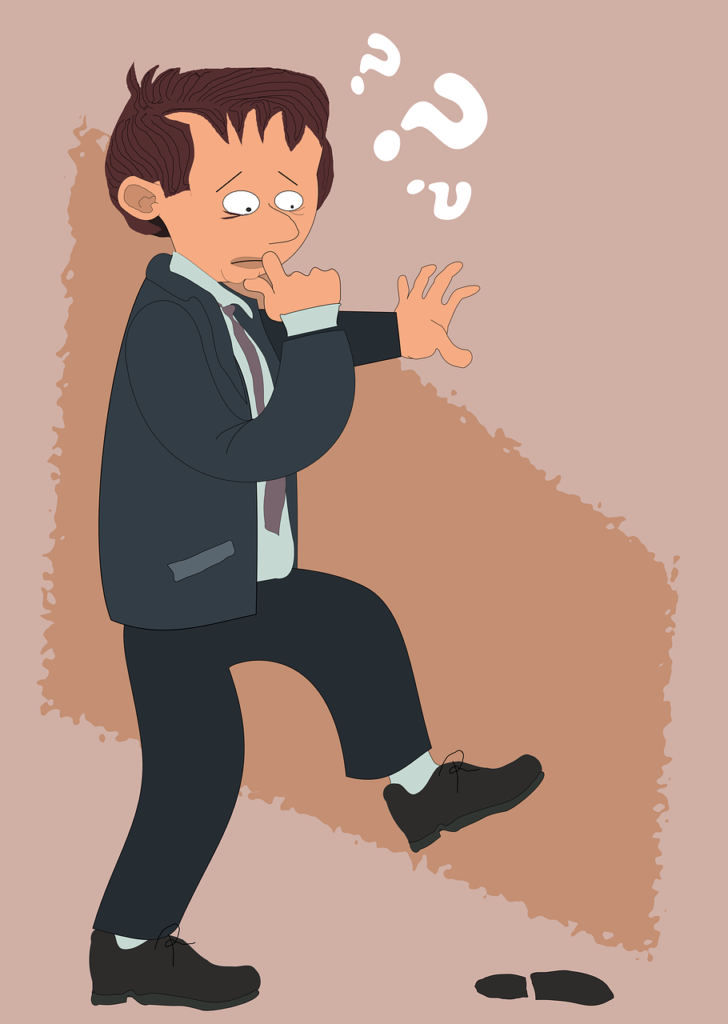
A wide range of symptoms can be present in individuals with catatonia. The most typical symptom is stupor, which is characterized by an inability to move, speak, or react to stimuli. On the other hand, anxious behavior and excessive activity are sometimes seen in catatonia sufferers.
A person may have catatonia for a few hours, weeks, months, or even years. After the first incident, it may recur often for weeks or even years. Catatonia is referred to as extrinsic if it is a symptom of a known cause. It is regarded as inherent if the cause cannot be identified.
Signs and symptoms
Depending on its nature and degree, catatonia can present with a variety of symptoms. Nonetheless, a few indications and symptoms are universal to all catatonia patients.
- Stupor: Ignorance of words or action
- Mutism: A lack of verbal communication or nonverbal communication
- Maintaining a position against gravity requires active effort.
- Flexible wax: A small amount of resistance to placement
- Negativism: Refusing to follow instructions or opposing them
- Stereotyping is the term for involuntary, rhythmic movements that are repeatedly performed over time, such as shoulder shrugging, hand waving, and body swaying.
- Echolalia is the repeating of other people’s speech.
- Echopraxia: Copying other people’s movements
- Automatic obedience: The patient’s too cooperative behavior when engaging with another individual
Causes

Experts are still unsure of the precise cause of catatonia despite nearly 150 years of research. Nonetheless, a number of theories have been proposed, ranging from brain chemistry abnormalities to inherited factors that are passed down through the generations.
Experts are only able to identify different conditions that might involve catatonia in the absence of a clear cause. The following mental health problems are most frequently associated with catatonia:
- Bipolar illness.
- Mental illness.
- disorder schizoaffective
- Severe depression.
The following are the neurological and medical diseases that most frequently cause catatonia:
- Autism spectrum condition.
- Autoimmune illnesses (like multiple sclerosis or lupus).
- Degenerative mental illnesses, including Parkinson’s disease and dementia.
- Syndrome Downward.
- Disorders linked to drugs (both illicit and pharmaceutical drugs).
- Encephalitis, such as that caused by the anti-NMDA receptor.
- Circumstances of electrolyte imbalance.
- Seizures.
- Impairment of intellect.
- Typical hydrocephalus pressure.
- A stroke.
- Tics.
Diagnosis
Clinical observations are the basis for diagnosing catatonia. Catatonia can be diagnosed by practitioners using a scale. The Bush-Francis Catatonia Rating Scale is one of the most widely used scales. The Northoff Catatonia Rating Scale, the Braunig Catatonia Rating Scale, and the Rogers Scale are additional resources.
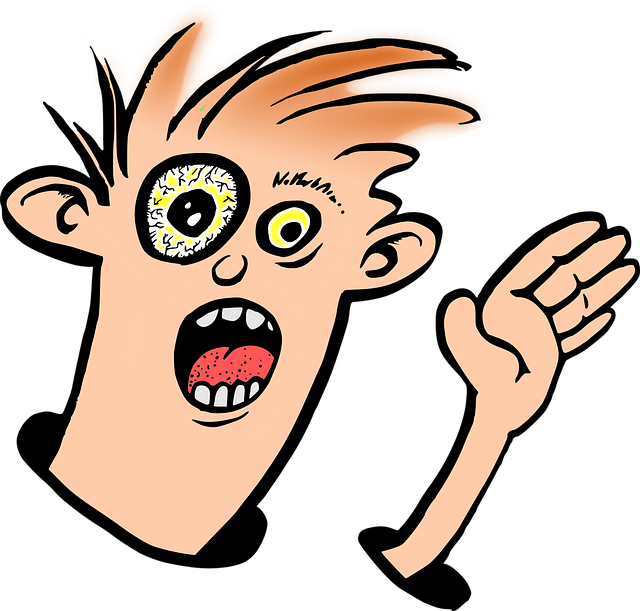
The Diagnostic and Statistical Manual of Mental Disorders, Fifth Edition (DSM-5) states that in order to be diagnosed with catatonia, a patient must exhibit three or more of the following symptoms, either during an examination or while being watched.
- Incapacitation
- Waxy adaptability
- Agitation, Stupor, and Mutism
- Adversity
- Presenting Mannerisms
- Stereotypes
- smirking
- Echolalia
- Echopraxia
In the DSM-5, catatonia and schizophrenia were classified separately. This made it possible to diagnose catatonia syndrome as a specifier for numerous serious mental and physical illnesses.4This has simplified the process for medical professionals to diagnose the illness.
Treatment
Treatment options for catatonia include medication and electroconvulsive treatment (ECT).
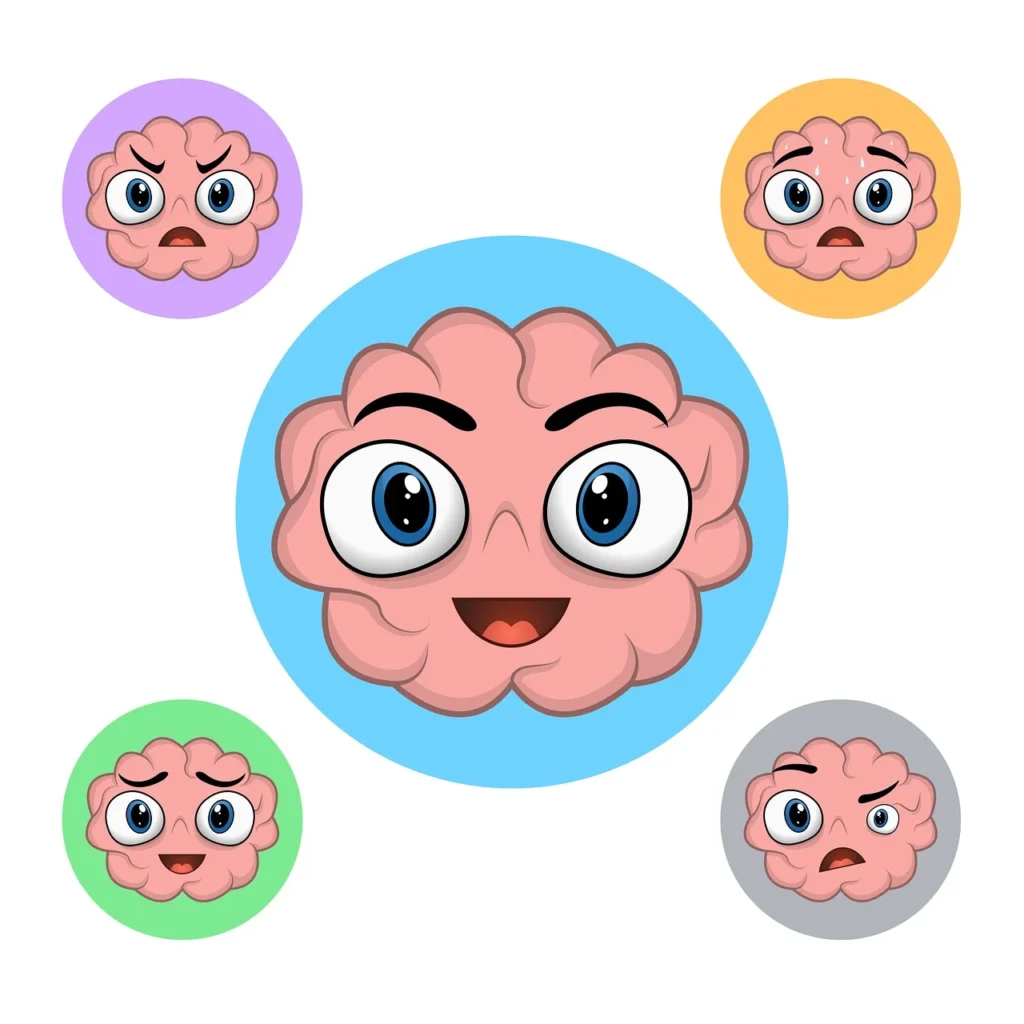
Medications
Usually, the first line of treatment for catatonia is medication. Prescription medications may be given for benzodiazepines, muscle relaxants, and occasionally tricyclic antidepressants. Benzodiazepines are typically prescribed as first-line drugs.
Clonazepam (Klonopin), lorazepam (Ativan), and diazepam (Valium) are examples of benzodiazepines. The idea that decreased GABA causes catatonia is supported by the fact that these drugs raise GABA levels in the brain. Individuals who score highly on the BFCRS typically react favorably to benzodiazepine therapy.
Depending on each patient’s situation, further specific drugs that might be recommended include:
- Bromocriptine (Cycloset, Parlodel) with amobarbital, a barbiturate
- carbamazepine (Eptol, Tegretol, and Carbatrol)
- Thyroid hormone,
- lithium carbonate,
- and zolpidem (Ambien)
If the drug is ineffective after five days or if the patient’s symptoms get worse, a doctor might suggest trying alternative therapies.
Electroconvulsive therapy (ECT).
For catatonia, electroconvulsive therapy (ECT) works well. This therapy is administered under medical supervision in a hospital. The process is painless.
An electric shock is administered to the brain by a specialized equipment once the patient is anesthetized. The brain experiences a seizure as a result, lasting around a minute.
Neurotransmitter levels in the brain are thought to alter as a result of the seizure. This may lessen the symptoms of catatonia.
A 2018 assessment of the literature found that the only medications that have been clinically proved to treat catatonia are benzodiazepines and electroconvulsive therapy (ECT).
If you are unable to take medication or have not responded to other types of therapy, ECT can be a suitable course of action for you. A medical expert might suggest ECT:
- When pregnant, medication may be administered less frequently to lessen the possibility of hurting the growing fetus.
- Among seniors who are unable to handle the adverse effects of medication.
- Among patients who would rather get ECT than medication.
- When ECT has previously been effective.

